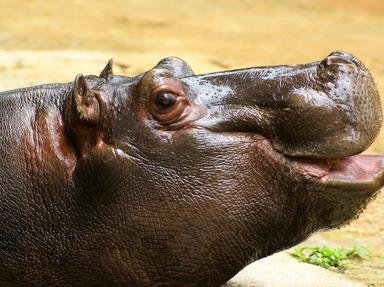
A Flying Fox is Not a Fox Trivia Quiz
Although its name might suggest otherwise, a flying fox is not a fox that can fly. Here are some animals with decidedly misleading names. Do you know what they really are?
A matching quiz
by eburge.
Estimated time: 3 mins.